This post may contain affiliate links. Read our disclosure policy here.
Whether you’re paleo or browsing for some yummy grain-free versions of your favorite baked goods, these easy almond flour recipes will not disappoint and make excellent replacements for wheat flour.
And along with those tried and true recipes, this post also covers useful tips on the properties of almond flour so you can achieve perfect baked results every time. Let’s get to it.

Baking with Almond Flour
Almond flour is a popular grain-free flour made from blanched almonds ground into a fine powder. It’s has a nutty flavor and higher fat content, providing baked goods with a tender, moist texture.
Since it’s made from almonds, it’s also a naturally gluten-free swap for wheat flour and an excellent baking staple for those who need to avoid gluten.
That being said, since it’s gluten-free, it will have different qualities from regular wheat flour. Here are a few tips to make the most out of baking with almond flour.
Don’t pack
Similar to regular flour, you don’t want to pack the almond flour into the cup. Instead, use the “scoop and scrape” method; scoop the almond flour into the measuring cup and use a butter knife or the handle of a spoon to scrape the excess off the top.
Don’t skip the binding ingredients.
Almond flour recipes rely on eggs and other binding agents such as flax meal, psyllium powder, pumpkin puree, and mashed banana to create a cohesive batter/dough and give the finished results more structure.
Don’t skip the baking powder
Since there is no gluten, baked goods with almond flour don’t rise as much as wheat-based flour batters and dough. Using double-acting baking power can be effective in giving the recipe a “lift”. Learn how to make grain-free baking powder here.
Let it cool down
Almond flour recipes are more delicate in texture and can fall apart easily, especially right out of the oven. Allow them to cool down to room temperature before removing the baked goods from the pan or baking sheet.
Almond Flour vs Almond Meal
It’s important not to mistake almond flour for almond meal. The two are different. Almond meal is made by grinding the skin with the almond creating a coarse flour with specks of brown. Almond flour is much finer and more ‘powdery’.
You can also differentiate between the two by checking the package label; it will specify whether the flour is made with blanched almonds (that’s almond flour) or whole almonds (almond meal).
Is Almond Flour Good for You
Almond flour is nutritionally dense compared to other flours. Each ¼ cup serving contains 6 grams of protein, 6 grams of carbs, 3 grams of fiber, and 14 grams of healthy fats.
No wonder it’s the golden child for healthy baking recipes and a staple ingredient for my latest cookbook, Clean Treats for Everyone. While you’ll find other grain-free flours like coconut and cassava, it’s clear that almond flour is the favorite. And if you’re wondering what desserts and classic baked goods made with cleaner ingredients taste like, grab your copy below:
Clean Treats Cookbook
Healthy and wholesome dessert recipes you’ll want to eat made with clean ingredients you already have on hand.
Grab your copy today!

What to Make with Almond Flour
You can make just about any recipe that uses regular flour with almond flour. We’re talking bread, cookies, muffins, pancakes… just be sure to follow the recipe since almond flour requires more liquid and binding ingredients. Going off course can create less than desirable results.
If this will be your first time making anything with almond flour, don’t be alarmed if you notice the doughs and batters looking grainy and slightly thicker. It’s normal, and the recipes are still very easy to make, follow the directions, and you’re in for a treat.
Baking with gluten-free flours that aren’t a 1:1 swap for regular flour can take some getting used to; if you want to learn more about using almond flour as well as other grain/gluten-free flour options, check out this post.
Almond Flour Breads
Things like biscuits and tortillas aren’t off-limits for a grain-free diet. While the textures of the recipes below aren’t carbon copies of the usual wheat-based options, they have a delicious flavor and texture of their own that’s just as enjoyable and family-friendly.
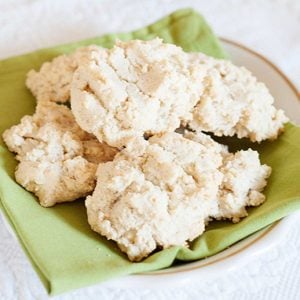

Savory Almond Flour Recipes
Along with baked goods, you can also use almond flour to recreate savory recipes. You can use it to replace regular flour in breading for chicken and fish or to make these healthy falafels.

Almond Flour Breakfast Recipes
These breakfast ideas made with almond flour are definite winners and will impress anyone skeptical about its taste and quality compared to their favorite grain-based recipes. For starters, try the pancakes. They’re soft, light, and soak up the maple syrup just right.
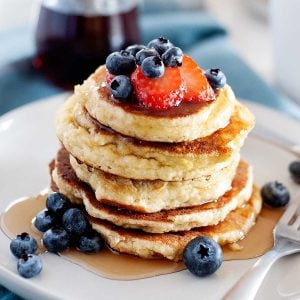


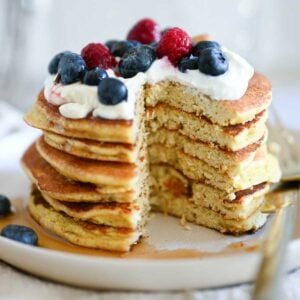
Almond Flour Desserts
Thanks to the higher protein and low carb content, these grain-free desserts made with almond flour are just as delicious as the original recipes and a little more wholesome.


Almond Flour Cookies
Due to its nutty, buttery flavor, almond flour makes some incredible cookies! If you like chewy cookies with soft centers and crisp edges, you’ll love the recipe below.


Enjoying these grain-free dessert ideas? I’ve got even more in the Clean Treats for Everyone Cookbook. It’s full of baked goods like brownies, cakes, and cookies, along with no-churn ice creams and cheesecakes- all of them made without refined grains, sugars, or artificial ingredients.
Best Almond Flour Recipes for Beginners

Ingredients
Almond Flour Pancakes
- 1 ½ cups almond flour
- ⅓ cup almond milk
- 2 eggs
- 1 teaspoon baking powder
- ½ banana, mashed
- Pinch salt
- 1 teaspoon oil, or as needed
Instructions
- Whisk almond flour, almond milk, eggs, banana, baking powder, and salt together in a bowl until the batter is smooth.
- Heat oil in a skillet over medium heat; drop 2 to 3 tablespoons of batter onto the griddle, and cook until bubbles form and the edges are dry about 3 to 5 minutes. Flip, and cook until browned on the other side, 3 to 5 minutes. Repeat with the remaining batter.



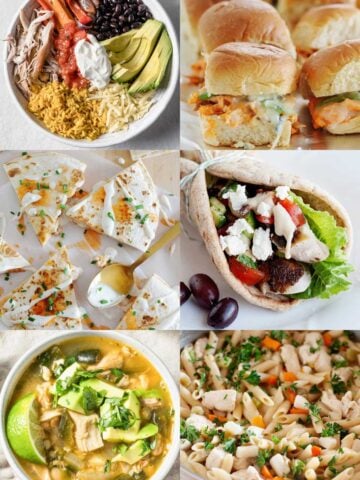
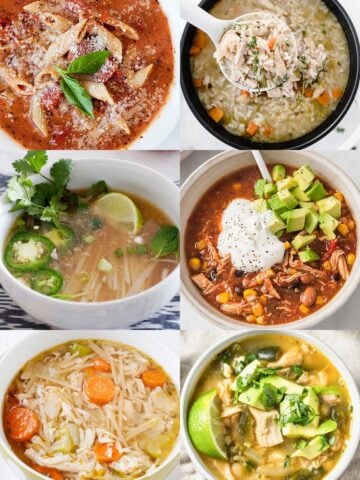
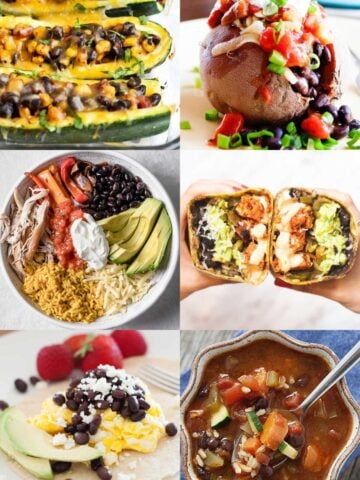
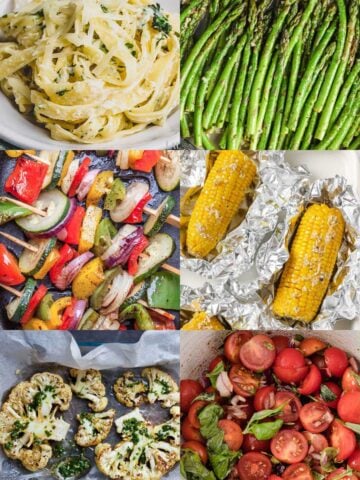
Leave a Reply